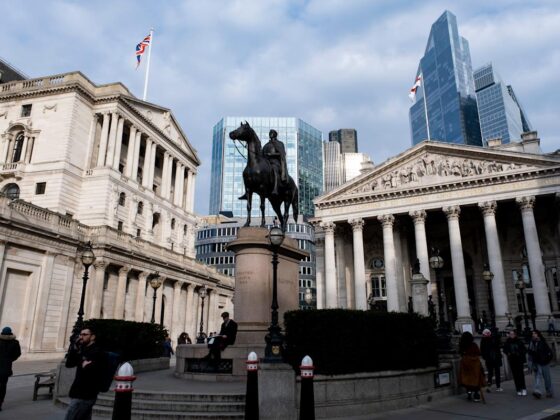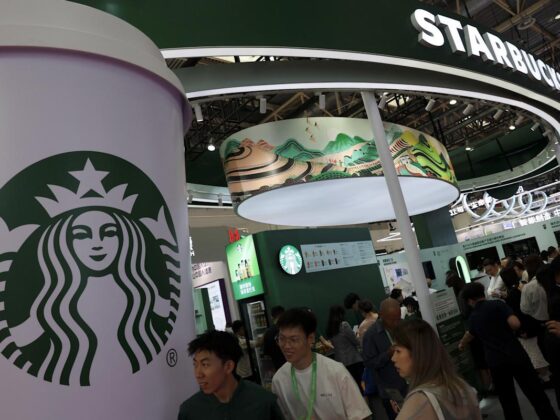Wall Street closed mixed on Monday, pulled up by tech and energy stocks. Markets cautiously considered the new trade framework agreed upon by the European Union and the Trump administration while waiting for the Fed's July meeting. Two of the three benchmark indexes closed in the green, while one finished in the red.
The Dow Jones Industrial Average (DJI) slid 0.1%, or 64.36 points, to close at 44,837.56. Sixteen components of the 30-stock index ended in negative territory, while 14 ended in positive.
The tech-heavy Nasdaq Composite gained 70.27 points, or 0.3%, to close at 21,178.58.
The S&P 500 added 1.13 points, or less than 0.1%, to remain virtually unchanged at 6,389.77. Eight of the 11 broad sectors of the benchmark index closed in the red. The Real Estate Select Sector SPDR (XLRE), the Materials Select Sector SPDR (XLB) and the Utilities Select Sector SPDR (XLU) declined 1.7%, 1.5% and 1.1%, respectively, while the Energy Select Sector SPDR (XLE) gained 1.1%.
The fear gauge CBOE Volatility Index (VIX) increased 0.7% to 15.03. A total of 17.58 billion shares were traded on Monday, lower than the last 20-session average of 17.84 billion. Decliners outnumbered advancers by a 1.81-to-1 ratio on the NYSE, and by a 1.48-to-1 on the Nasdaq.
On Monday, global markets responded positively but cautiously to the newly agreed trade framework between the European Union (“EU”) and the United States. The deal, which averted a potential tariff escalation set for Aug. 1, brought relief to investors worried about a renewed transatlantic trade war. Equity markets in both regions opened higher, with particular gains in sectors directly tied to the agreement, such as automobiles, aerospace and energy.
The framework outlined a 15% U.S. import tariff on most EU goods, significantly lower than the threatened 30%, while preserving higher duties on steel and aluminum. The EU, in turn, committed to purchasing $750 billion worth of U.S. energy and investing heavily in American infrastructure and technology sectors. These moves reassured markets that key supply chains would remain intact and that cross-border investments would continue to flow.
However, despite the initial rally, gains were pared as investors digested the broader implications. Much of the optimism had probably already been priced in, and concerns lingered over the long-term impact of persistent tariffs on strategic industries. The euro saw a brief uptick against the U.S. dollar before stabilizing, while commodity and industrial stocks exposed to metal tariffs showed limited enthusiasm. Overall, the trade framework provided a near-term boost to sentiment, driven largely by relief that the worst-case tariff scenario had been avoided. Investors are currently keeping a keen eye on the outcome of the Fed’s July meeting, though it is widely expected that interest rates will not come down before September.












